x projects by arbeitsgruppe 4
┬ĀArchitekturzentrum Wien, 04.03 ŌĆō 31.05.2010
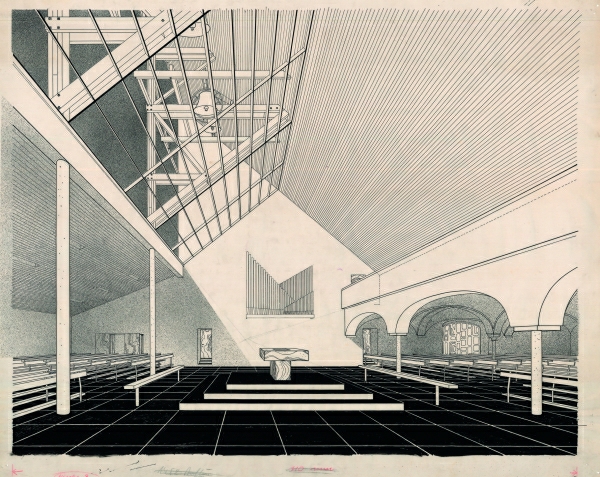
Church in Salzburg-Parsch, 1955-56
At the focus of the exhibition is the oeuvre of arbeitsgruppe 4, with their key projects and works on show for the first time. The group, consisting of the strong personalities of Wilhelm Holzbauer, Friedrich Kurrent and Johannes Spalt has achieved fame beyond the realm of architecture. Otto Leitner, the fourth of the founding members, had already left the group by 1953, which led to the paradox situation whereby this workgroup of 4 consisted of only 3 members for most of its existence and subsequently, with the departure of Wilhelm Holzbauer in 1964, of only two. A fellow architect and close friend of the group’s members dubbed them the Dreiviertler (the ‘3/4ers’), a name that has become legendary in Vienna circles and has had a lasting impact on the image of arbeitsgruppe 4. Over the years arbeitsgruppe 4 appears to have gained mythical status in more recent Austrian architectural history. Architecture aficionados know their key projects but the precise details of these, the full background and context have largely remained in the dark ŌĆō until the cataloguing and analysis of their extensive archives was completed by the Az W.
Wilhelm Holzbauer, Friedrich Kurrent und Otto Leitner met while attending the Salzburger Gewerbeschule (vocational college), where Johannes Spalt had also matriculated only a few years before them. In 1950 the four young architects, who were studying under Clemens Holzmeister at the Vienna Academy of Fine Arts, formed a group together for the first time, and chose the extremely pragmatic epithet arbeitsgruppe 4 for their collaboration. Following their graduation, in 1952 they moved into a studio at 4 Fuhrmannsgasse in Vienna-Josefstadt, which was to become not only a meeting place and interface for a new generation of architects in the ensuing years but also a key location for the culture scene in Vienna. Readings by the newly forming Wiener Gruppe where held there as well as legendary studio parties of which the participants ŌĆō themselves all key proponents of the Viennese avant-garde ŌĆō still have vivid memories today, even sixty years later.
The first phase following the founding of the studio was marked by numerous submissions to competitions. Schools became a special area of interest to arbeitsgruppe 4, and remained so for a long time to come ŌĆō the concepts behind their Wohnraumschule (Living Space School, 1953) met with wide acclaim, although arbeitsgruppe 4 was never actually commissioned to complete a school despite a comprehensive programme of new school building in the 1950s. The group not only engaged with the schools building sector but also developed groundbreaking concepts, above all in the sectors of church building and housing, that were to have a key impact over the decades to follow. Among the best-known buildings by arbeitsgruppe 4 today are, alongside their early work, the church ŌĆÜZum kostbaren BlutŌĆÖ in Salzburg-Parsch (1953-1956), the counselling centre in Steyr-Ennsleiten (in collaboration with Johann Georg Gsteu, 1959-1961/1968-1970) as well as St. Josef college in Salzburg-Aigen (1961-1964). In addition, the group showed an active interest in Austrian architecture of the early 20th century (pursued with particular dedication by Kurrent and Spalt), which not only impacted significantly upon their own work but also resulted in numerous exhibition concepts (including Kirchen unserer Zeit/Churches of Our time, 1956; Internationale Theaterbau-Ausstellung/Exhibition of International Theatre Building, 1961; Architektur in Wien um 1900/Architecture in Vienna around 1900, 1964; Adolf Loos, 1964) and publications. The result of their apparently contradictory conscious preoccupation with the past, on the one hand, and their avant-garde pioneering achievements with structural and technical innovations, on the other, was the subliminal impact of arbeitsgruppe 4’s oeuvre, which survives to this day and has made them one of the fundamental phenomena in the architecture and culture of building of their time.

Church in Schellenberg, Liechtenstein, 1958
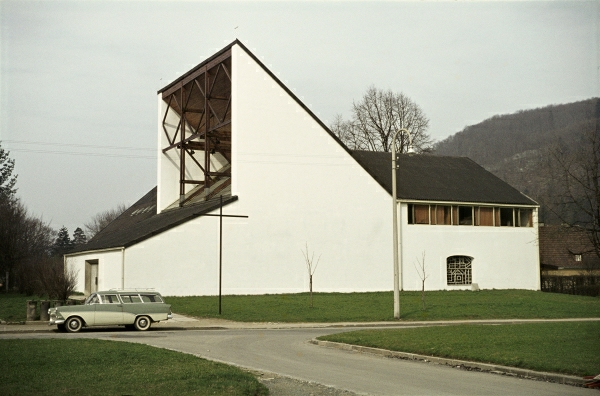
Church in Salzburg-Parsch, 1953ŌĆō56
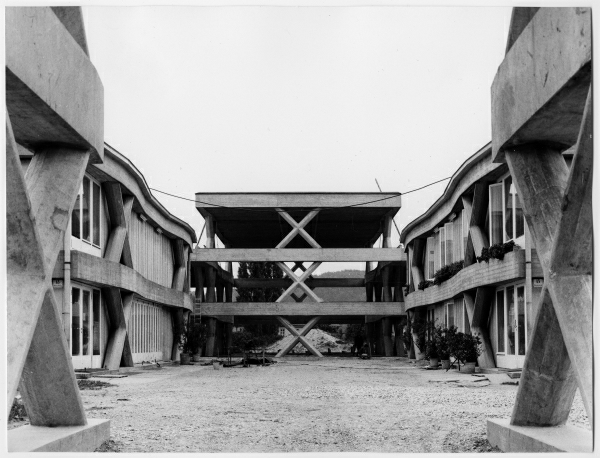
arbeitsgruppe 4 with Johann Georg Gsteu, Seelsorgezentrum Steyr-Ennsleiten, 1959ŌĆō61/1968ŌĆō70
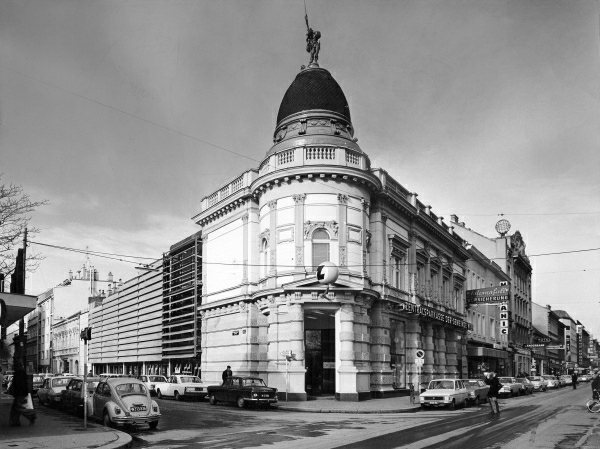
Zentralsparkasse am Floridsdorfer Spitz, Wien 21, 1970-74
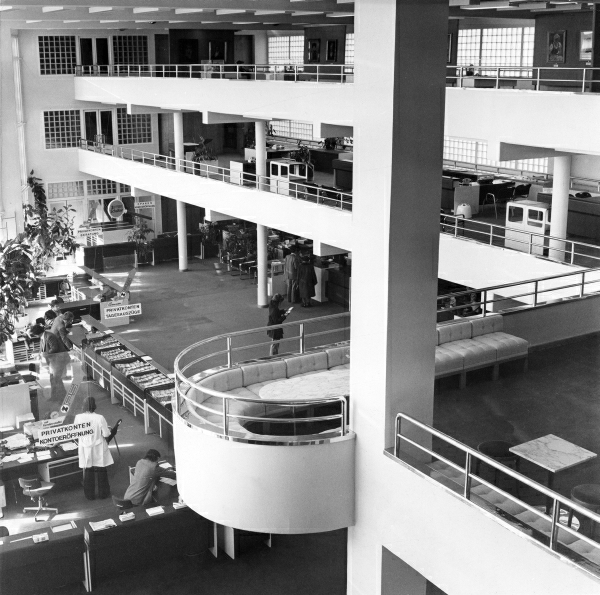
Kassensaal der Zentralsparkasse am Floridsdorfer Spitz, Vienna 21, 1970-74
